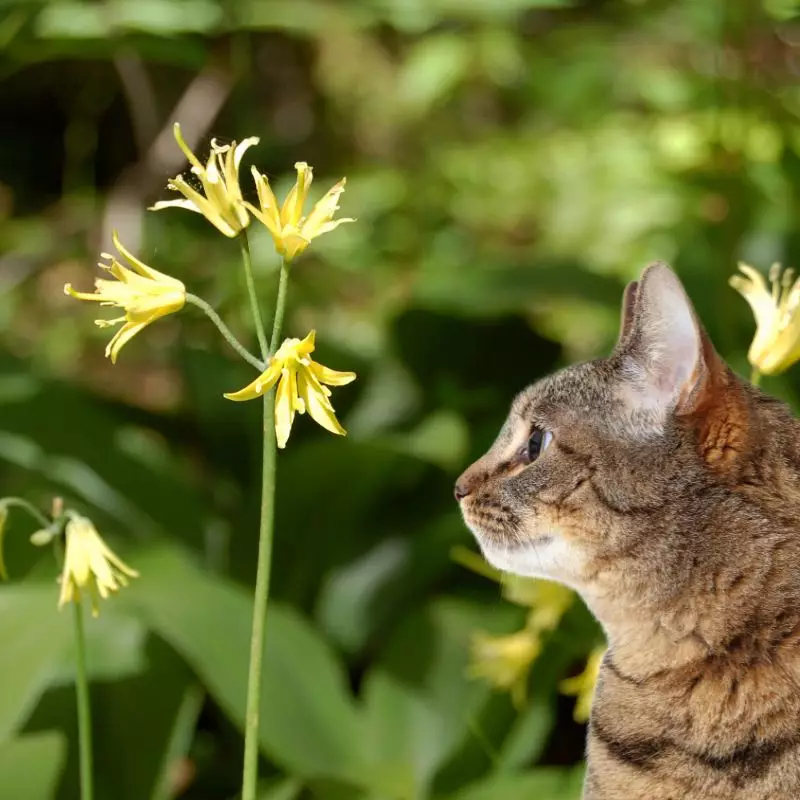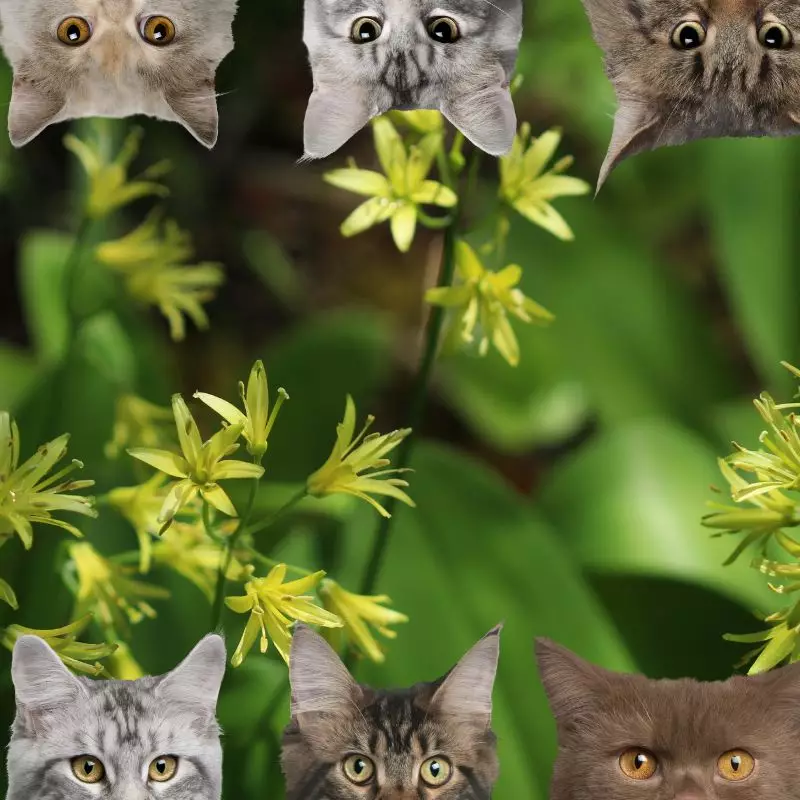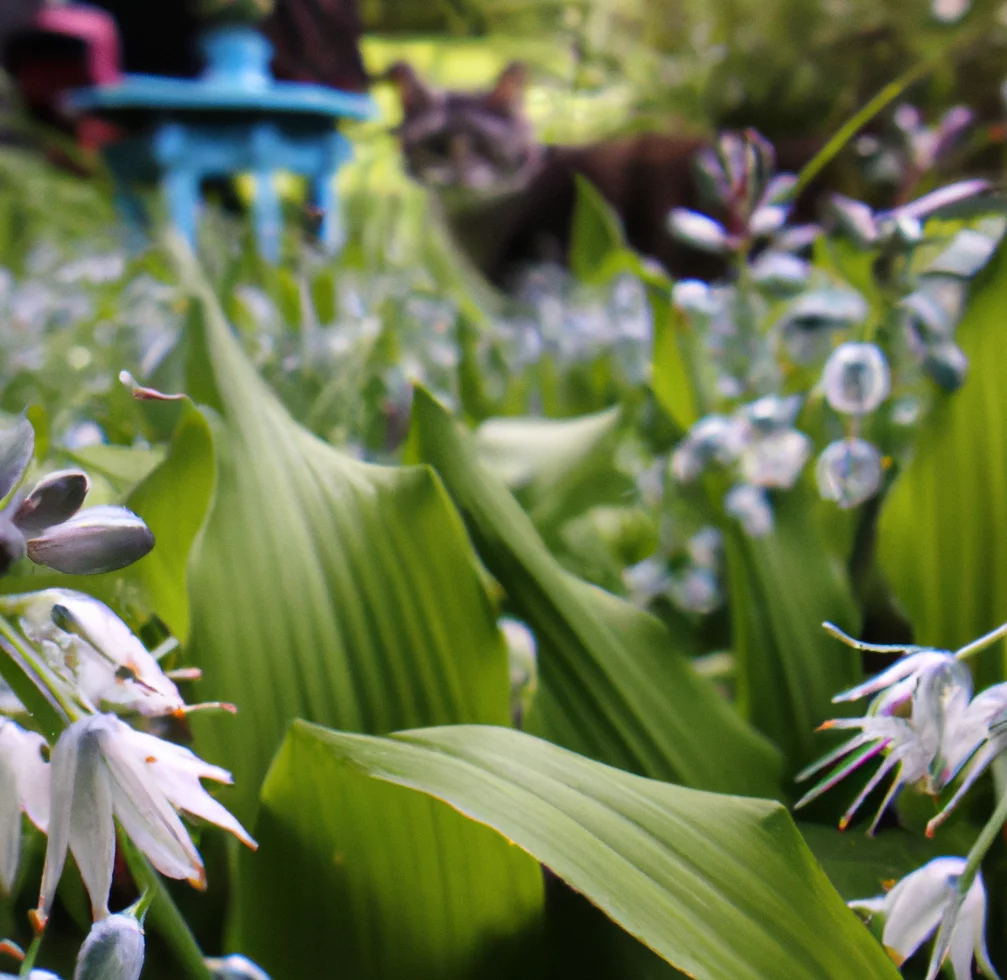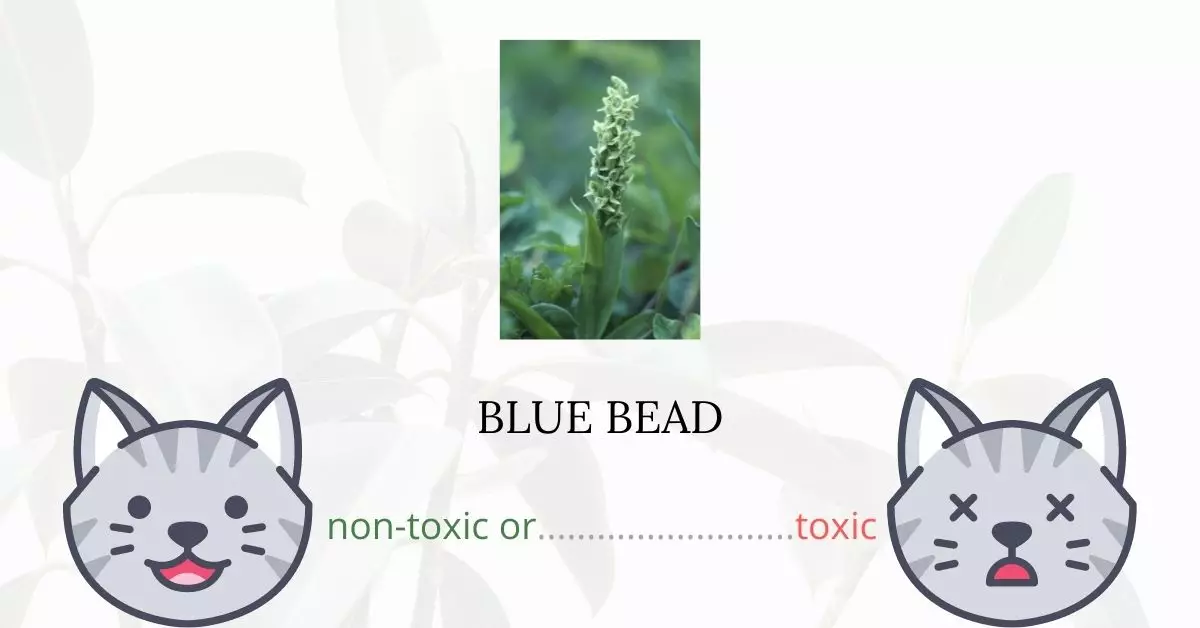The Blue Bead, also known as Corn Lily, is generally recognized as non-toxic for cats, according to authoritative resources such as the American Society for the Prevention of Cruelty to Animals (ASPCA) Poison Control Center. It is also categorized by ASPCA as non-toxic for dogs and horses.
This article, offering a clear and accurate response to concerns about the safety of this plant for pets, is the culmination of extensive research and collaboration with a team of experienced DVMs (Doctors of Veterinary Medicine). With their valued contributions, we are able to present accurate and current information on the potential risks associated with Blue Bead and its impact on cats. Additionally, we have referenced high-authority websites such as ASPCA and PetMD to ensure the veracity of every piece of information concerning the plant and its effects on felines, thereby providing you with reliable knowledge on the subject.
Can Cats Eat Blue Bead or Corn Lily?

There are limited studies and sources that can attest if a cat can eat blue bead lily. It is possible that this plant will not cause cats any severe conditions as it is listed by ASPCA as a non-toxic plant however, it is still best to be on the safe side.
Since it is unclear whether the blue bead is safe for cat consumption, you might as well prevent your cat from eating this plant. Plants are generally not recommended for cats to eat because it is difficult for them to digest. Thus, keeping them away from blue bead or corn lily will make sense.
What is Blue Bead or Corn Lily?

Blue bead, scientifically known as clintonia borealis, is a perennial member of the lily family. It is endemic to the cold acidic woodlands of North America. It has a basal clump of three to five thick, glossy, oval leaves that surround an 8 to 15-inch leafless stem with a cluster of nodding, pale yellow-green flowers. The stalk grows from a base of glossy, bright green, oblong leaves and contains 3 to 6 yellowish-green, drooping, bell-like blooms at its peak. The blooms are followed by bright blue, spherical berries.
The berries of blue bead lily are possibly its most remarkable characteristic, transitioning from green to white and finally to a beautiful porcelain blue. They shine out against the greens and browns of the woodland floor, standing on stalks varying in height from 4 to 16 inches. These blue-colored berries may appear to be blueberries, but they are not. Although they are not harmful, they have a strong odor and should be avoided.
This species has minimal therapeutic value. It was used by Native Americans, mostly for skin disorders. The blue bead may thrive in soils ranging from well-drained to poorly drained.
Because of its adaptable soil and site needs, the blue bead may be found in a broad range of environments, including conifer, mixed wood, and hardwood forests. It may thrive in a wide range of shaded environments, including dry to damp woodlands of various sorts, bogs, swamps, and rocky slopes.
Keeping Cats Away From Blue Bead or Corn Lily

Keeping your feline buddies indoors is the best way to prevent them from getting near a blue bead or any other plants. You can place another layer of security in your houses such as fences and safety nets.
You may also try utilizing aluminum foils to deter your cat away from your houseplants. Cats do not like the smell and texture of aluminum foils so they stay away from them.
Plants to Avoid For Your Cats
If you are a cat owner and unsure if the plants growing in your yard are harmful to your cats, check out this list of toxic plants for cats. You can also check our list of non-toxic plants for cats.





